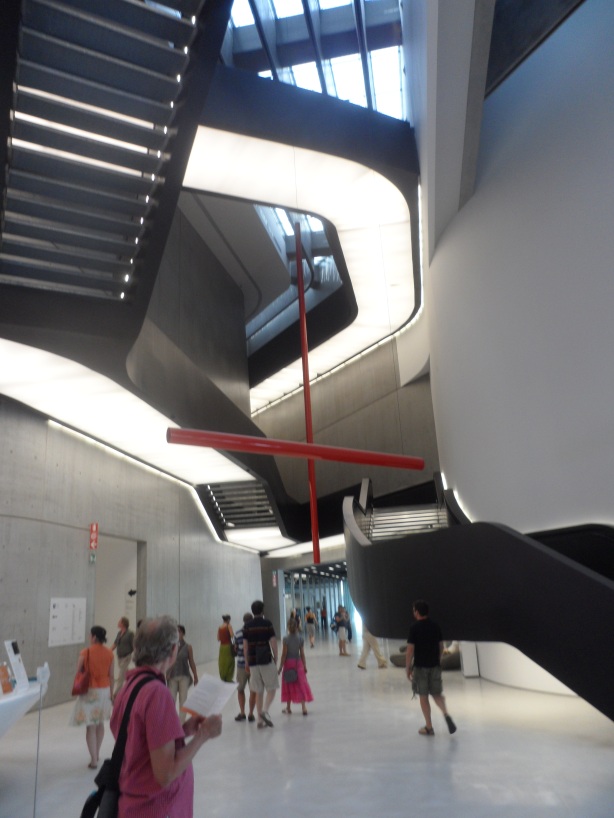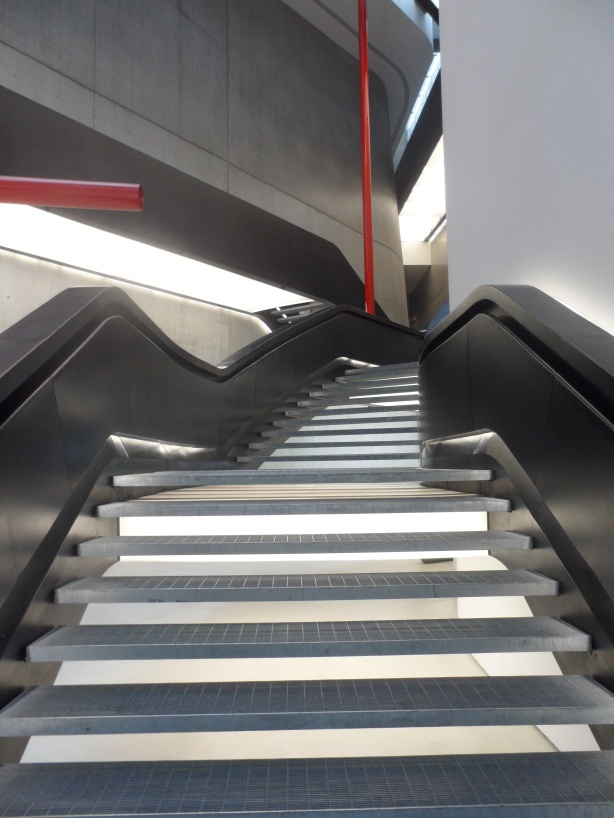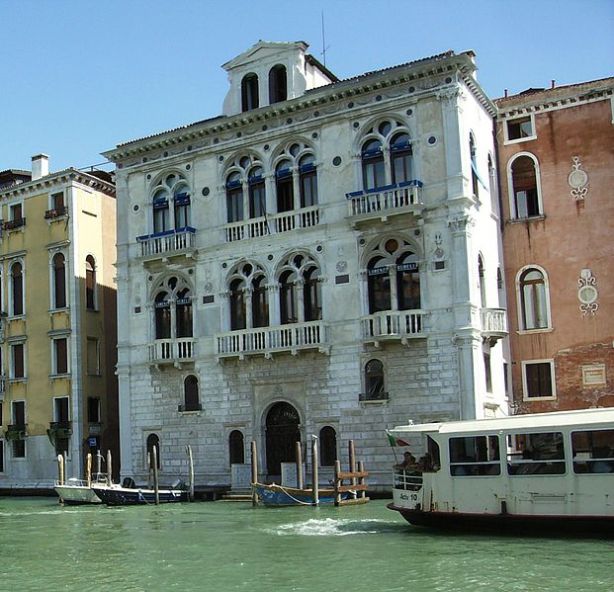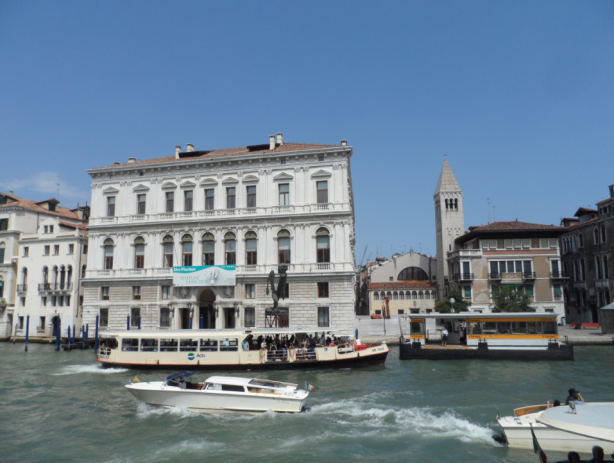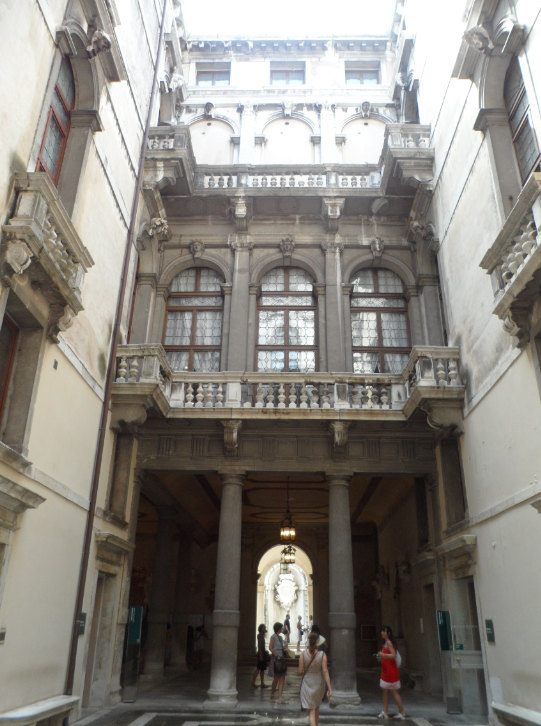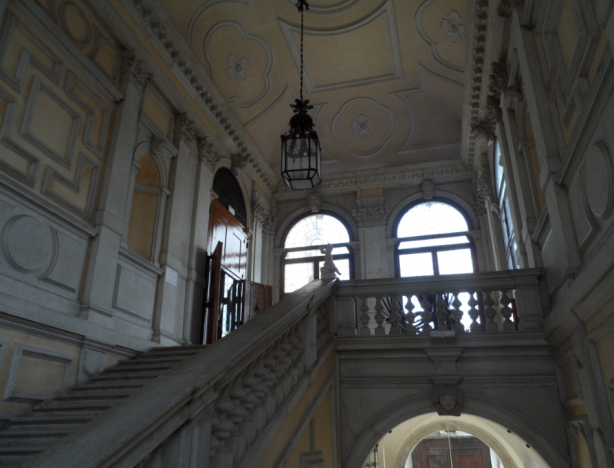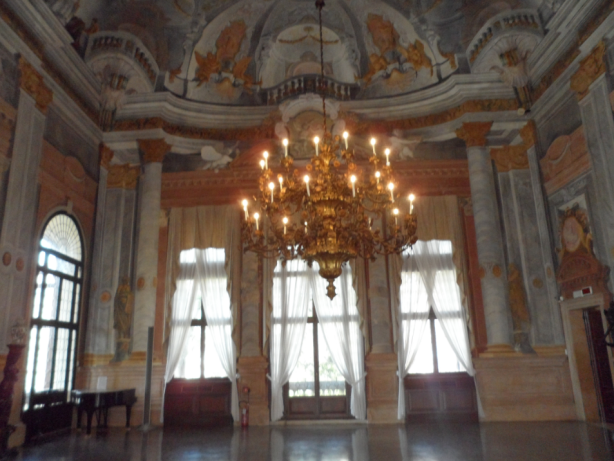MAXXI Museum
Architect: Zaha Hadid
Location: Rome, Italy.
Date: 2998-2009
Building Type: Museum
Architecture Styles: Deconstructivism
Architectural Time Period: 2000s
Construction Type: Concrete
Context: Urban
Introduction(Information mainly based on Internet and Readings):
MAXXI supersedes the notion of the museum as ‘object’ or – presenting a field of buildings accessible to all, with no firm boundary between what is ‘within’ and what is ‘without’. Central to this new reality are confluent lines – walls intersecting and separating to create interior and exterior spaces.
My own exploration:
Keywords: Dynamic, Circulation & Roof Structure
Dynamic
The “entrance” of the MAXXI
When entered the plaza, I was impressed by the urban strategy of Zaha, the complex has been integrated within the urban fabric of the city, to which it offers a new, articulated and ‘permeable’ plaza, wrapped by the spectacular forms. an exterbal pedestrian path follows the shape of the building, slipping below its cantilevered volumes, which opens onto a large plaza.
The volume of the museum gives us a dynamic feeling, which to me, is a variation of light and depth and visual caution of the facade and volume
Inside a large, full height atrium leads to the museum’s reception spaces, the cafeteria and the bookshop, the auditorium and galleries that host rotating displays of the two museums’ permanent collections, exhibitions and cultural events.
Lobby space, the weaving staircase breakdown the huge volume
Circulation
The circulation of MAXXI was navigated by the dynamic staircases, which shifting the views and light at every moment
Stairway make people physically shift their body and thus obtaining various feeling of the space
 The roof structural beam follows the linear dynamic language of the museum, besides structural function, it helps to bring light into the space as a linear notion, which helps the co-play with physical and spiritual feeling of visitors
The roof structural beam follows the linear dynamic language of the museum, besides structural function, it helps to bring light into the space as a linear notion, which helps the co-play with physical and spiritual feeling of visitors
The bottom of the staircase has the effect of glowing, it helps to caught people’s eyes and stimulate the dynamic feeling
Dynamic curvy roof beam, indicating strong dynamic and fluidity
Interior sketch of the MAXII




